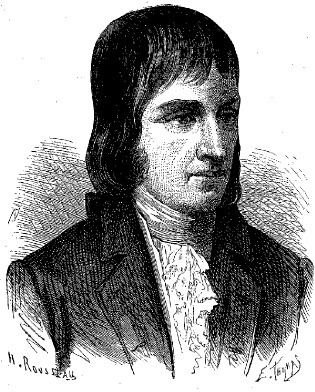Nationality France Name Philippe LeBon | Role Engineer | |
 | ||
Died December 1, 1804, Paris, France | ||
Vue du Square Philippe Lebon Chaumont
Philippe le Bon (or Lebon) (D'Humbersin) (May 29, 1767 – December 1, 1804) was a French engineer, born in Brachay, France.

There is much confusion about his life and accomplishments. His main contributions were improvements to steam engines and industrializing the extraction of lighting gas from wood. He died assassinated in 1804.
He also designed, though apparently did not build, a wood gas engine. (Not the first.) Like other early engines, it had no compression in its main cylinder. It has three mechanically connected cylinders, each double acting, one to compress the air, one to compress the gas and one driven by the burned mixture. This engine resembles an internal combustion engine, but the combustion actually takes place in a combustion chamber separated by mechanically controlled valves from the cylinders. This makes it a steam engine running on combustion products instead of on steam, or the piston equivalent of a gas turbine.
Hardenberg's analysis shows a theoretical efficiency and specific power much less than those of the earlier Street engine, but this assumes that the intake valve stays open during the whole power stroke. Assuming that the inventor had more in his mind than what he wrote on paper and therefore allowing arbitrary valve timing, its idealized thermodynamic cycle is similar to that of a gas turbine, which can have a high compression ratio and relatively high efficiency. This assumes, contrary to what Hardenberg seems to assume, that the combustion chamber would have been big enough to act as a pressure reservoir. Of course one's place in history depends on what one does and writes more than on what one can be assumed to have thought. Certainly, all but possibly Hardenberg, must have seen that it would give more room for optimization than the Street engine did. The reasons that it has never been used must be the obvious thermal and mechanical problems, such as heat loss from the combustion products to the containing structures.
In 1801, Philippe Lebon invented an engine that improved on Robert Steele's design. It used coal gas ignited by an electric spark. This was the first internal combustion engine. Although, very inefficient it would be later improved in the future. In current society the internal combustion is used in the exceptional modern car.
